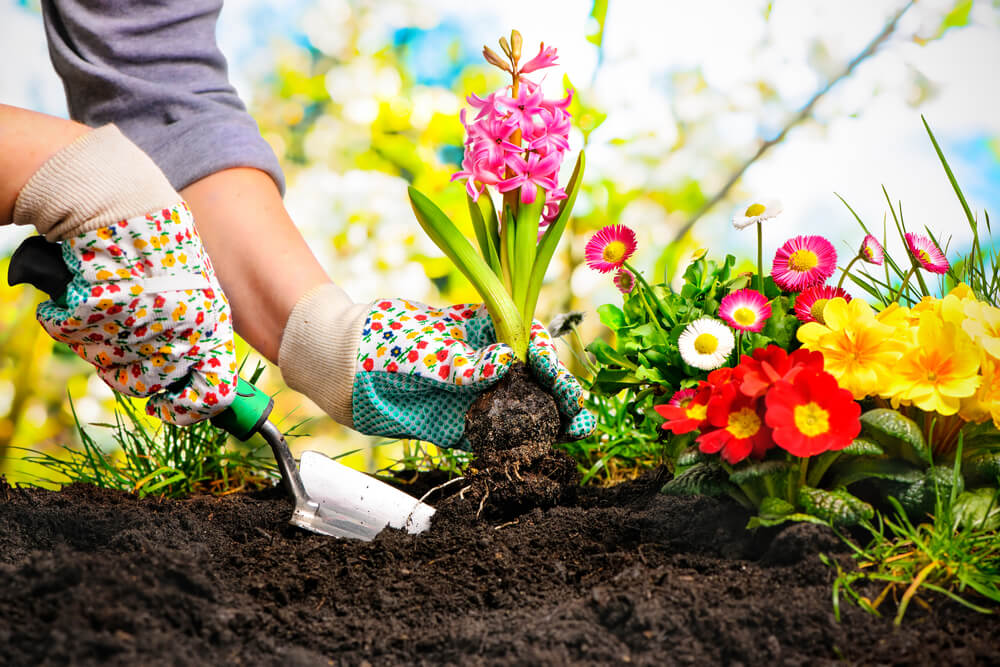
Knowing how to care for your flower garden can make a big difference in the appearance and overall health of your plants. Here are some simple tips to make your garden bloom with health.
1. The essential elements should always have greater consideration.
Your flower garden should have an adequate supply of water, sunlight and fertile soil. Any lack of these basic needs will greatly affect the health of the plants. Water the flower garden more frequently during periods of drought.
When planting bulbs, make sure they go to the correct depth. When planting shrubs and perennials, be sure not to pile the soil or pile it around the stem. If it does, the water will drain instead of sinking, and the stem could develop rot due to overheating.
2. Mix and unite perennials with annuals.
Perennial flower bulbs do not need to be replanted, as they grow and bloom for several years, while annuals grow and bloom for a single season. Mixing a few perennials with annuals ensures that you will always have flowers on the way.
3. Deadhead to encourage more flowers.
Deadheading is simply cutting the head of the flower after it withers. This will cause the plant to produce more flowers. Just make sure not to discard the dead head in the garden or mold and other plant diseases will attack your plants.
4. Know the good of bad bugs.
Most garden insects do more good than harm. Butterflies, beetles, and bees are known pollinators. Fertilize plants by involuntary transfer of pollen from one plant to another. 80% of flowering plants rely on insects to survive.
Bedbugs and manure beetles along with fungi, bacteria, and other microorganisms are needed to aid in the decomposition of dead plant material, thus enriching the soil and providing more nutrients to growing plants.
Other insects such as lace and dragonflies are natural predators of insects that cause real damage, such as aphids.
An occasional application of liquid fertilizer when the plants are blooming will keep them blooming longer.
Always prune dead or damaged branches. Fuchsias are particularly prone to breaking when you brush them. The broken branch can be placed in pots to give a new plant, so it is not wasted.

Post a Comment